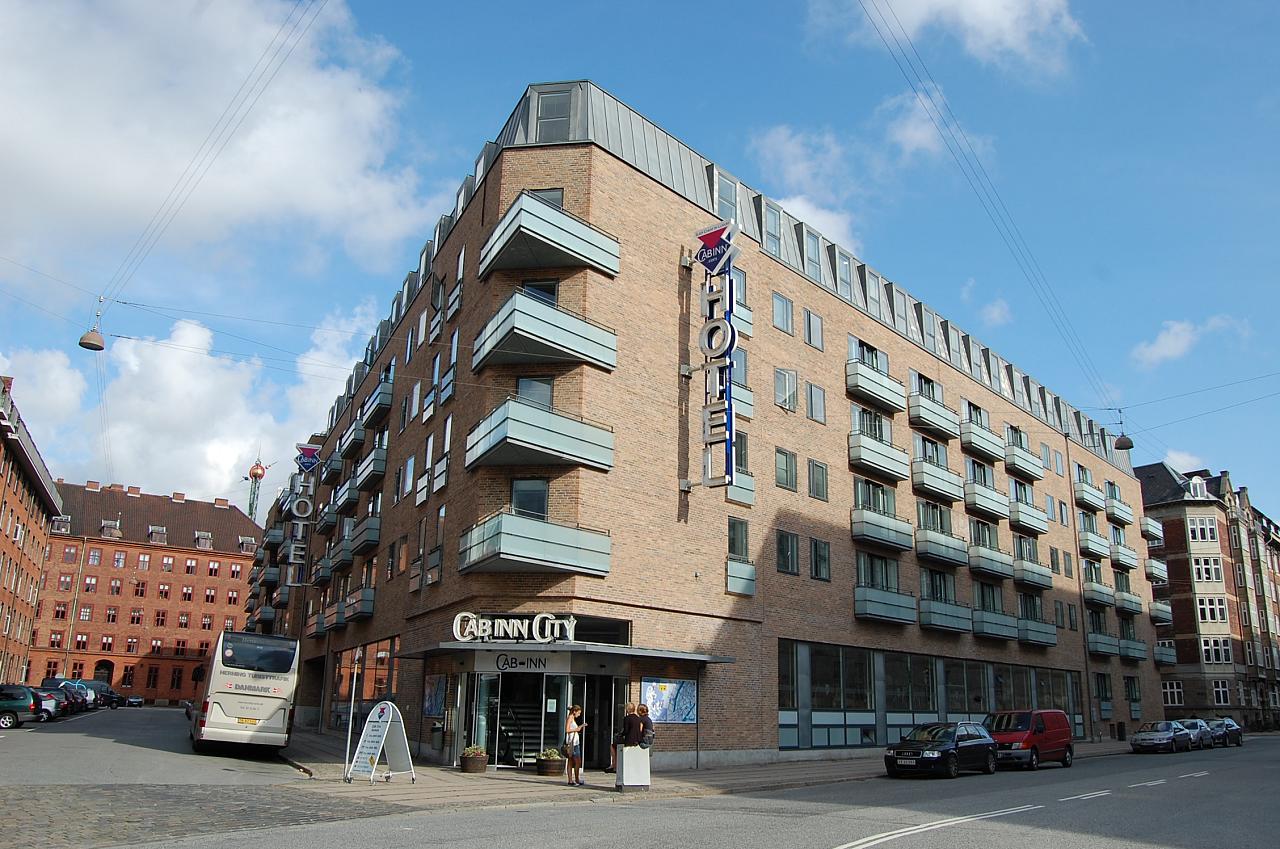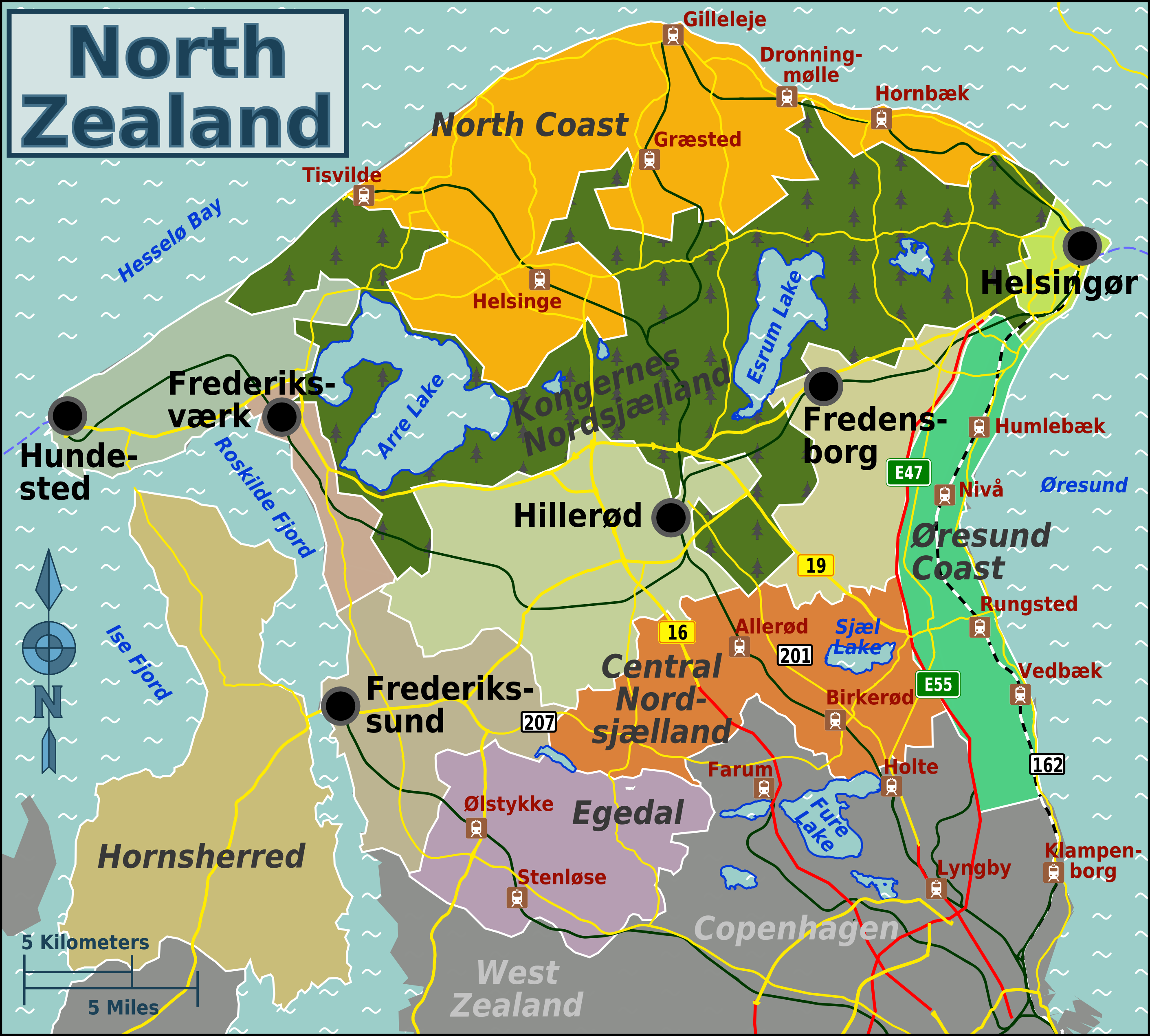|
Niels Fennet
Niels Fennet (born 1944) is a Danish engineer and businessman best known for founding the low-cost hotel chain Cabinn. He is also the owner of the historic inn Store Kro in Fredensborg. Early life and career Fennet was born in 1944 in Valby in North Zealand but grew up with his mother in the Vesterbro district of Copenhagen after his parents divorced. His mother was a teacher and later became the principal of several primary schools. Fennet studied engineering and opened his own engineering consultancy at age 24. The company grew to have 45 employees. Founding of the Cabinn chain In the late 1980s, Fennet conceived the idea for the CABINN chain and decided to use his experience with cost-efficient construction projects in a new venture and sold his company to the employees in 1989. His first hotel opened in Copenhagen in 1990. Other investments Fennet also owns a portfolio of other properties. In 2013, Fennet purchased the historic inn Store Kro situated next to Fredensborg Pal ... [...More Info...] [...Related Items...] OR: [Wikipedia] [Google] [Baidu] |
Cabinn Hotels
CABINN Hotels is a Danish low-cost hotel chain with eight hotels in the five largest cities in Denmark: four in Copenhagen, one in Aarhus, one in Odense, one in Aalborg and one in Esbjerg. CABINN Hotels is owned by the entrepreneur Niels Fennet. History CABINN Hotels was founded in 1990 by Niels Fennet, who was inspired by the practical cabins he and his family stayed in on a tour to Norway. He found that the cabin contained everything needed for a stay, and that its functionality made it possible to have it all in a small space. This concept he transferred to the hotel business. Rooms CABINN Hotels have four room categories to accommodate price levels. Economy is the cheapest and smallest room; Standard is the most common room and a little bigger. The two last categories, Commodore and Captains are the most expensive. Hotels CABINN Express CABINN Express is the first hotel to be built in the CABINN chain in 1990 in Copenhagen. CABINN Express is the smallest of all the CABINNs ... [...More Info...] [...Related Items...] OR: [Wikipedia] [Google] [Baidu] |
Fredensborg
Fredensborg () is a railway town located in Fredensborg Municipality, North Zealand, some 30 kilometres north of Copenhagen, Denmark. It is most known for Fredensborg Palace, one of the official residences of the Danish Royal Family. As of 1 January 2022, the town had a population of 8,965. History The earliest settlement in the area was the village of Asminderød. The town of Fredensborg emerged outside Fredensborg Palace, which was completed in 1722. The name, which means the Palace of Peace," commemorates the termination of the Great Northern War. Fredensborg Station opened on the new North Line in 1868. Fredensborg Palace and surroundings Fredensborg Palace is mainly used by the Danish Royal Family in spring and autumn. Many of the houses that line the street which leads up to the main entrance to the palace are listed. This is also the location of Store Kro, a historic inn which reopened in 2014. Other landmarks Asminderød Church dates from the 12th century. The current ... [...More Info...] [...Related Items...] OR: [Wikipedia] [Google] [Baidu] |
North Zealand
North Zealand, also North Sealand ( da, Nordsjælland), refers to the northern part of the Danish island of Zealand which is not clearly defined but generally covers the area north of Copenhagen. The Danish tourist authorities have recently introduced the term Danish Riviera to cover the area in view of its increasing importance for tourism. The area has three royal castles and offers resorts with beaches, as well as lakes and forests. In addition to Kronborg Castle, three of the North Zealand forest areas used for royal par force hunting are included in the UNESCO World Heritage List. Geographical coverage The region is generally understood to cover the area north of Copenhagen between the Isefjord to the west and the Øresund to the east. Municipalities It comprises (at least) the municipalities of Allerød, Egedal, Fredensborg, Frederikssund, Furesø, Gribskov, Halsnæs, Helsingør, Hillerød, Hørsholm, Lyngby-Taarbæk and Rudersdal. Major towns and cities The larg ... [...More Info...] [...Related Items...] OR: [Wikipedia] [Google] [Baidu] |
Vesterbro, Copenhagen
Vesterbro is one of the 15 administrative, statistical, and city tax districts (''bydele'') comprising the municipality of Copenhagen, Denmark. It covers an area of 3.76 km², and has a population of 51,466 and a population density of 13,688 per km². Neighboring city districts are: * to the northeast, the Indre By, also known as "Copenhagen Center" or "Downtown Copenhagen" or "City" * to the north, Frederiksberg municipality, which is not a part of Copenhagen municipality but rather an enclave surrounded by the municipality * to the west, Valby * to the south, Kongens Enghave. The Vesterbro district Vesterbro is located just outside Copenhagen’s city center—the Inner City or Indre By—making it a very attractive place to live, as are the other areas immediately outside the center: the Indre Nørrebro (“Inner Nørrebro”), Indre Østerbro (“Inner Østerbro”), Frederiksberg, and Christianshavn. The district is located west of the city center at the loc ... [...More Info...] [...Related Items...] OR: [Wikipedia] [Google] [Baidu] |
Fredensborg Palace
Fredensborg Palace ( da, Fredensborg Slot; ) is a palace located on the eastern shore of Lake Esrum (Danish, ''Esrum Sø'') in Fredensborg on the island of Zealand (''Sjælland'') in Denmark. It is the Danish Royal Family’s spring and autumn residence, and is often the site of important state visits and events in the Royal Family. It is the most used of the Royal Family’s residences. History At the end of the Great Northern War King Frederick IV asked architect Johan Cornelius Krieger, royal gardener to the court at Rosenborg Castle, to build him a small pleasure palace on the site of a farmyard named Østrup. Krieger built the French-inspired baroque palace 1720–1726, and the King himself took an active part in the planning of the building and grounds, and followed construction closely. The man responsible for the actual construction was General Building Master Johan Conrad Ernst, who was also responsible for the construction of Frederiksberg Palace. While the bui ... [...More Info...] [...Related Items...] OR: [Wikipedia] [Google] [Baidu] |
Hegnsholt
Hegnsholt is a country house an estate located at Grønholt, between Fredensborg and Hillerød, North Zealand, some 40 km north of Copenhagen, Denmark. The first main building on the estate was built in 1815 to designs by Christian Frederik Hansen but it was extended in 1904 and adapted by the architect Louis Hygom in 1920 for the businessman William Bendix. The estate is now owned by Cabinn Hotels-owner Niels Fennet. The adjacent Grønholt Airfield was built on part of the land in 1940. History The land at the site was purchased by lord chamberlain Adam Wilhelm Hauch in 1812. He commissioned the architect Christian Frederik Hansen to design a country house for his new estate. The estate was in 1828 sold to ''justitsråd'' Heinrich Callesen who later that same year sold it to Copenhagen-based merchant Christian Ludvig Lütken (born 1801). Hegnsholt was in 1832 acquired by Georg Peter Ludvig Zacharia (1792-1870). He had served as a customs officer in the Danish West Indie ... [...More Info...] [...Related Items...] OR: [Wikipedia] [Google] [Baidu] |
Danish Company Founders
Danish may refer to: * Something of, from, or related to the country of Denmark People * A national or citizen of Denmark, also called a "Dane," see Demographics of Denmark * Culture of Denmark * Danish people or Danes, people with a Danish ancestral or ethnic identity * A member of the Danes, a Germanic tribe * Danish (name), a male given name and surname Language * Danish language, a North Germanic language used mostly in Denmark and Northern Germany * Danish tongue or Old Norse, the parent language of all North Germanic languages Food * Danish cuisine * Danish pastry, often simply called a "Danish" See also * Dane (other) * * Gdańsk * List of Danes * Languages of Denmark The Kingdom of Denmark has only one official language, Danish, the national language of the Danish people, but there are several minority languages spoken, namely Faroese, German, and Greenlandic. A large majority (about 86%) of Danes also s ... {{disambiguation Language and nation ... [...More Info...] [...Related Items...] OR: [Wikipedia] [Google] [Baidu] |
People From Gribskov Municipality
A person ( : people) is a being that has certain capacities or attributes such as reason, morality, consciousness or self-consciousness, and being a part of a culturally established form of social relations such as kinship, ownership of property, or legal responsibility. The defining features of personhood and, consequently, what makes a person count as a person, differ widely among cultures and contexts. In addition to the question of personhood, of what makes a being count as a person to begin with, there are further questions about personal identity and self: both about what makes any particular person that particular person instead of another, and about what makes a person at one time the same person as they were or will be at another time despite any intervening changes. The plural form "people" is often used to refer to an entire nation or ethnic group (as in "a people"), and this was the original meaning of the word; it subsequently acquired its use as a plural form of per ... [...More Info...] [...Related Items...] OR: [Wikipedia] [Google] [Baidu] |
1944 Births
Events Below, the events of World War II have the "WWII" prefix. January * January 2 – WWII: ** Free France, Free French General Jean de Lattre de Tassigny is appointed to command First Army (France), French Army B, part of the Sixth United States Army Group in North Africa. ** Landing at Saidor: 13,000 US and Australian troops land on Papua New Guinea, in an attempt to cut off a Japanese retreat. * January 8 – WWII: Philippine Commonwealth troops enter the province of Ilocos Sur in northern Luzon and attack Japanese forces. * January 11 ** President of the United States Franklin D. Roosevelt proposes a Second Bill of Rights for social and economic security, in his State of the Union address. ** The Nazi German administration expands Kraków-Płaszów concentration camp into the larger standalone ''Konzentrationslager Plaszow bei Krakau'' in occupied Poland. * January 12 – WWII: Winston Churchill and Charles de Gaulle begin a 2-day conference in Marrakech ... [...More Info...] [...Related Items...] OR: [Wikipedia] [Google] [Baidu] |

.jpg)


_1938.jpg)
